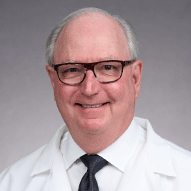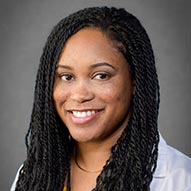In many ways, ESWL is like other surgeries and procedures.
What to expect before Pediatric ESWL
Here’s what you can expect before ESWL:
- Your child’s doctor asks you questions to understand what may be causing your child’s kidney stones. They also ask about your child’s possible risks related to anesthesia.
- We test your child to check for an infection behind the blocked kidney stone.
- Our preoperative team calls to remind you when your child should stop eating and drinking. It is important that your child’s stomach is empty before they undergo anesthesia.
What to expect during Pediatric ESWL
On the day of the procedure, the care team takes your child to the preoperative area. Your child receives liquid medicine to calm them. The child is then taken to the operating room and given anesthesia to put them asleep. We place your child on a special bed that has a cutout shaped like the letter D. Your child will lie in a position that places their kidney over the cutout. The care team brings a water balloon to the cutout, so your child is resting on the water balloon.
The doctor uses an X-ray to see the stone in your child’s kidney. Often, the doctor will move your child a few times to aim at the stone(s) from different angles. The entire bed can move so that the ESWL machine (the lithotripter) can aim the shock waves right at the stone.
The procedure takes about an hour. We ask at least one parent or guardian to remain in the hospital during your child’s procedure.
What to expect after Pediatric ESWL
The care team brings your child to the recovery room. Here, you can be with your child. When your child is ready to go home, the nurse reviews all the instructions for medications, home care and any follow-up appointments.
We recommend that you give your child both acetaminophen and ibuprofen for the first two to three days to manage pain. For example, you first give a dose of acetaminophen, then three to four hours later, you give a dose of ibuprofen. Then three to four hours later, you give acetaminophen again, and so on. Rotating over-the-counter medicines in this way helps relieve a child’s pain without using potentially addictive medications.
Your child should be able to return to their normal activities after one to two days.






